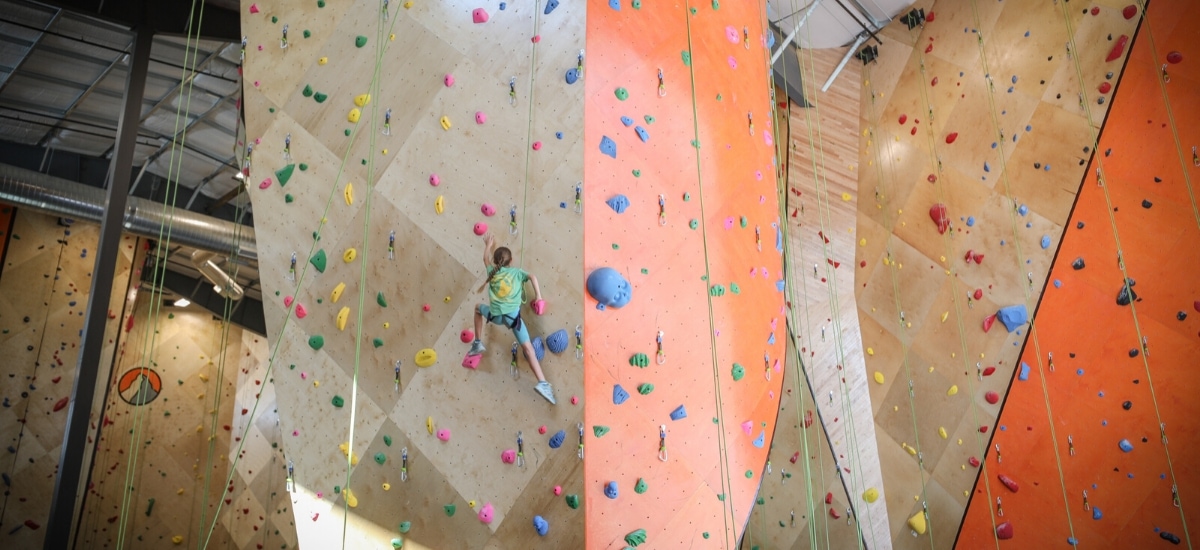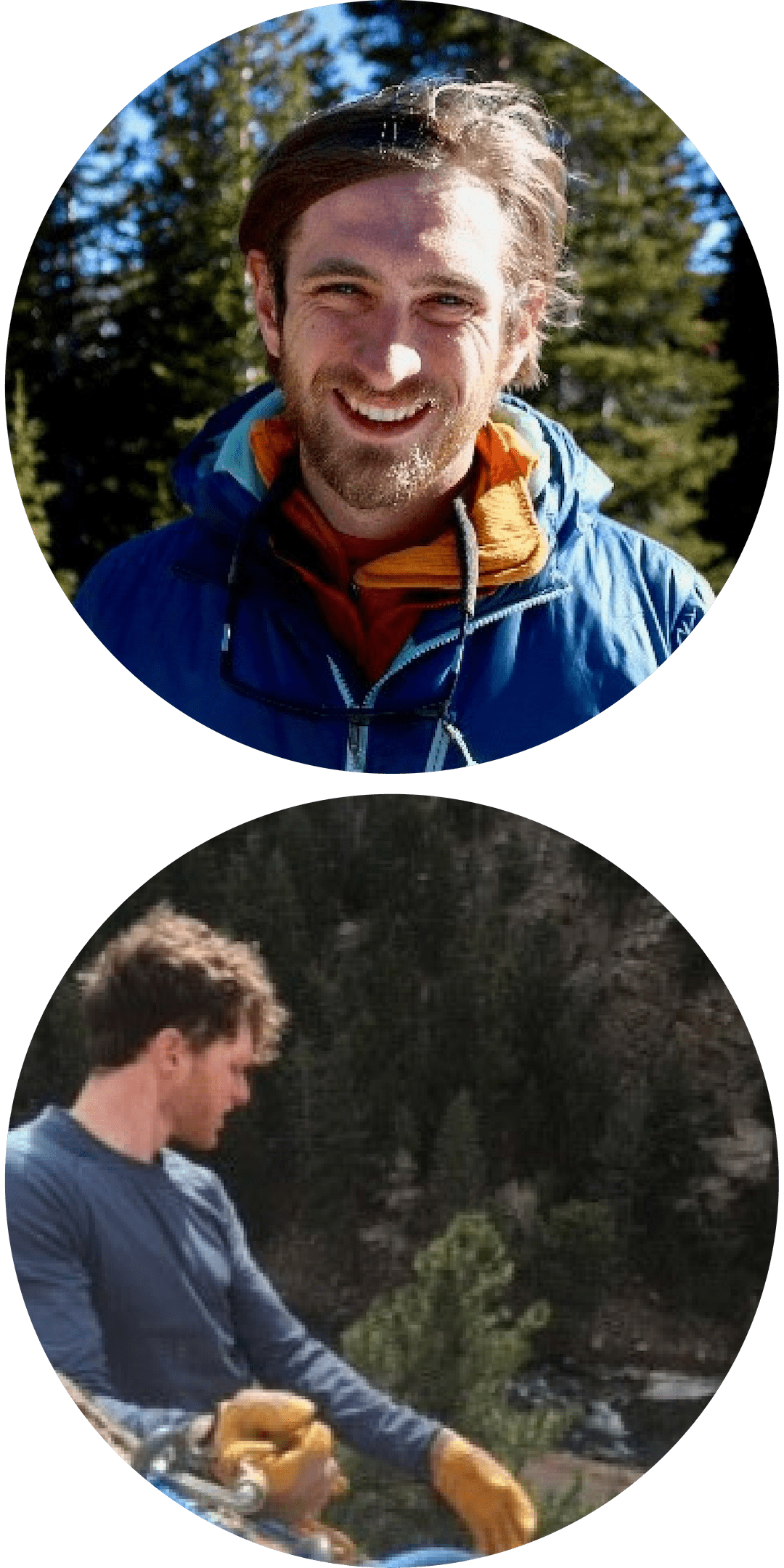Considerations for Returning to Youth Programming

Climbing gyms in many parts of the US have begun to reopen or are making plans to. The policies that gyms have created around occupancy, sanitation, and personal protective equipment are great guidelines for users. However, returning to running youth programming while keeping young climbers and other clientele safe is a unique challenge.
Young climbers might not be the most reliable followers of cleaning protocols, youth climbing games often involve tight quarters, and safety protocols for belaying often require proximity much closer than a recommended six feet.
In this post, Headwall Group will provide some recommendations for reopening youth programs. Our next post will highlight some games and activities that are suitable for newly reopened youth programs.
Before deciding to re-open your youth programs, make sure to follow the guidelines set forth by the CDC and check with your local health department. Health and safety are paramount. When the time comes to re-open your youth programs, here are some general recommendations to help get you started.
Communicate!
The first and most important principle that climbing gyms need to operate on is that families and young climbers need to be communicated with early and often about any changing expectations. Do not expect that the first time a new policy or protocol is communicated will be enough. We are living in a changing world and receiving new information at lightning speed, so build frequency and consistency into your communications.
Communicate with families in many different ways. Call families, email expectations, create handouts to go home with climbers, and post any policies and protocols in visible areas where your climbers are dropped off and picked up.
If the policies and procedures for youth climbing programs are different than for the gym at large, tell families and climbers, and tell them why. This will create buy-in. And, be sure to communicate with families how policies are being reevaluated. Is it monthly? Based on state or municipal guidelines? Or, are you waiting for certain testing capabilities or the release of a vaccine to relax any restrictions?
Be sure to check in with climbers and coaches at the beginning of each practice. “How are you feeling?” Should become part of every check-in at the beginning of practice or work. If someone appears unwell, has symptoms, or reports feeling unwell, they should not participate.
Communication and a clear plan for evaluating policies will ease familial anxiety and create buy-in for these new policies.
Sanitation
Have a sanitation protocol and include it in your daily routines. Do climbers have to wash or sanitize hands between routes? How often? Assign young climbers accountability buddies to make sure they are following protocol.
If social distancing protocols cannot be followed due to the size of your facility, we recommend that participants are asked to wear masks. There is a ton of evidence that suggests this can do a lot to slow down community spread.
Limit shared equipment. While providing shared harnesses, chalk buckets, and other equipment can increase accessibility, it is essential that shared equipment is limited or eliminated during this time. We don’t know a lot about how COVID-19 spreads through surfaces and soft goods. Families will be happy to keep their young climbers safe by purchasing their own equipment. Or, assign loaners for the season, rather than rotating them around through many hands.
Touching and Distancing
Social distance will be a challenge to maintain in a climbing program. But we can limit constant exposure. Have your climbers work in groups of four to five. Each group should attempt to maintain a 6-foot distance from others, significantly limiting their risk of spread or contraction of COVID.
Pick independent activities that require little to no time spent in a large group receiving information. Use activities that spread your climbers out around a space, rather than keeping them in a line or on a specific area.
We will provide some great activities that meet these needs in our next post.
Interaction with Other Users and Community
A goal of responding to this pandemic needs to be limiting external exposure, including off-site programming. While this may not be possible as competitions or field trips begin again, there are some ways to limit exposure. Shared transportation should be limited and if it is used, capacity should be reduced to half of standard. If hosting competitions, spectators should not be invited.
An evergreen challenge for climbing programs is young climber interaction with public users. This will be intensified as we are encouraged to monitor the distance that we keep from others. Use sanitation accountability buddies to check distancing. Make sure your climbers are staying a route – or some otherwise memorable distance – away from public users, and encourage self-monitoring.
Make It Part of Your Routine
The group’s collective health and wellbeing should be part of your group agreements or values. By tying this into the notion that a team or climbing camp must support each other, it will be easy to turn these restrictions into a positive behavior that can be praised. All of us are getting used to behaving in new ways to make sure we manage our own risk and our young climbers are no exception.
About the Headwall Group
 The Headwall Group distills the lessons learned as educators and leaders working in dynamic and high risk environments and brings them to youth-serving organizations. The Headwall group provides trainings, consultation, and curriculum development services that are rooted in our experience as outdoor experiential educators for climbing gyms, summer camps, and schools.
The Headwall Group distills the lessons learned as educators and leaders working in dynamic and high risk environments and brings them to youth-serving organizations. The Headwall group provides trainings, consultation, and curriculum development services that are rooted in our experience as outdoor experiential educators for climbing gyms, summer camps, and schools.
The Headwall Group was founded by Bix Firer and Pat Brehm. Bix Firer (MA, University of Chicago) is currently the Director of Outdoor Programs at College of Idaho and has worked as a wilderness educator, trainer, facilitator, and experiential educator for over a decade. Pat Brehm works as a professional organizational trainer and has spent his career as a climbing coach, facilitator, and outdoor educator.
